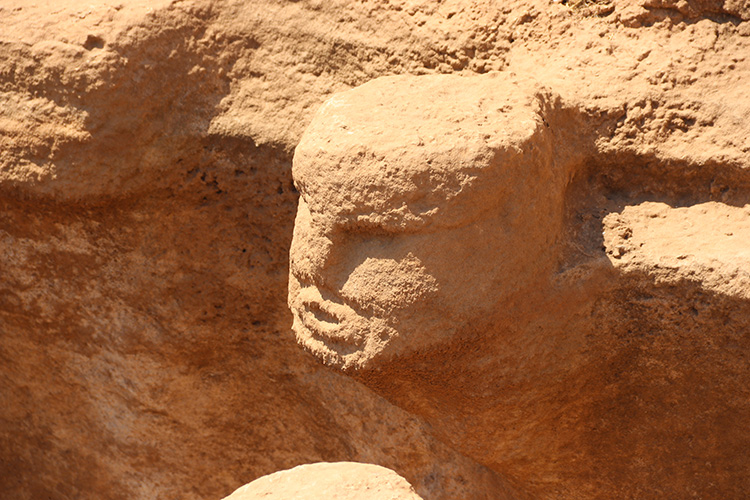
The traces of settlement are being reached in the excavations at Karahantepe
Karahantepe archaeological site excavations provide new information about the ancient past and human settlement patterns.
The site is known for its stratified layers of occupation that span a wide range of historical periods, including the Neolithic, Chalcolithic, and Early Bronze Ages. These layers reveal a complex history of human habitation and cultural evolution.
The works are continuing under the leadership of Prof. Dr. Necmi Karul in the area where more than 250 “T”-shaped standing stones, resembling the structures at Göbeklitepe and believed to belong to the Neolithic period, have been identified. Göbeklitepe, which is also included in the UNESCO World Heritage List, and this newly discovered site with its similar T-shaped pillars, collectively contribute to our understanding of the ancient past and the cultural evolution of the region.
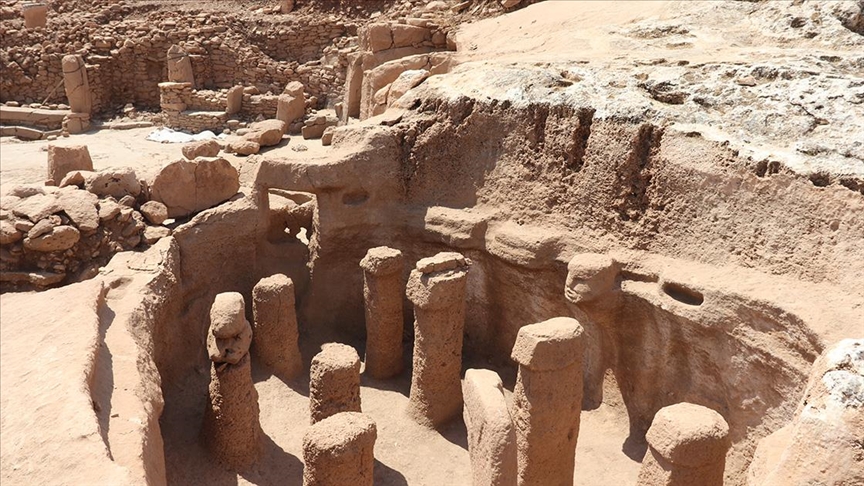
Karul emphasized their strong emphasis on the excavations in the region, noting that they anticipate these archaeological excavations in the first villages dating back 12,000 years to highlight the contribution to Şanlıurfa’s history of civilization.
📣 Our WhatsApp channel is now LIVE! Stay up-to-date with the latest news and updates, just click here to follow us on WhatsApp and never miss a thing!!
Karul mentioned that they will continue their work in 10 archaeological sites, including Karahantepe, Göbeklitepe, and the sites excavated in previous years. He highlighted that they have conducted year-long studies on evaluating the findings obtained from the remains uncovered at Karahantepe last year.
Regarding these findings, he specifically pointed out the results related to archaeobotanical data and provided the following information:
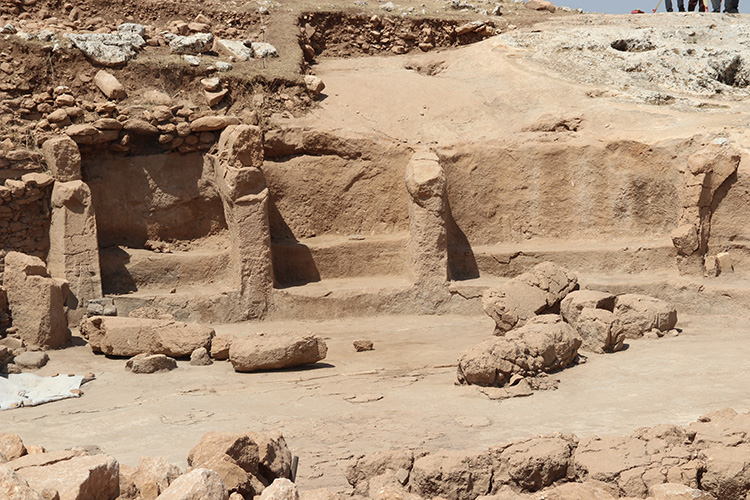
“We particularly came across the wild seeds of wheat, barley, and legumes. But we also encountered a very small number of species that could be examples of domesticated wheat and barley. This gives us answers to questions about whether, at the beginning of settlement, humans were still leading a hunter-gatherer life and gradually started domestication and agriculture. However, these are not definitive conclusions based on a small dataset; we can say that these findings are indicative of our potential to find answers to our questions over time.”
You may also like
- A 1700-year-old statue of Pan unearthed during the excavations at Polyeuktos in İstanbul
- The granary was found in the ancient city of Sebaste, founded by the first Roman emperor Augustus
- Donalar Kale Kapı Rock Tomb or Donalar Rock Tomb
- Theater emerges as works continue in ancient city of Perinthos
- Urartian King Argishti’s bronze shield revealed the name of an unknown country
- The religious center of Lycia, the ancient city of Letoon
- Who were the Luwians?
- A new study brings a fresh perspective on the Anatolian origin of the Indo-European languages
- Perhaps the oldest thermal treatment center in the world, which has been in continuous use for 2000 years -Basilica Therma Roman Bath or King’s Daughter-
- The largest synagogue of the ancient world, located in the ancient city of Sardis, is being restored

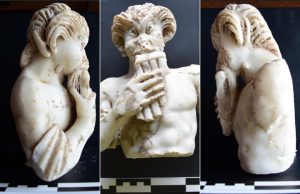
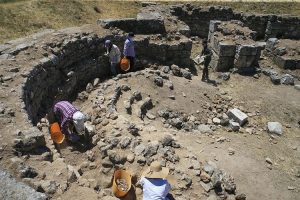
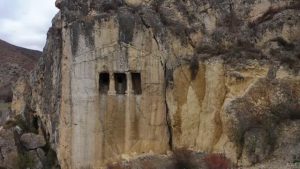
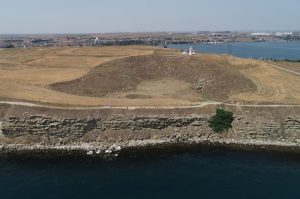
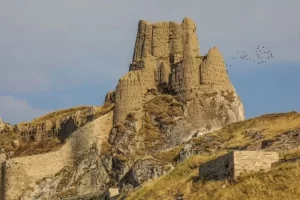
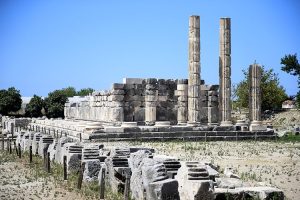
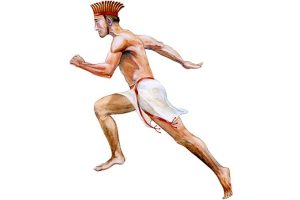

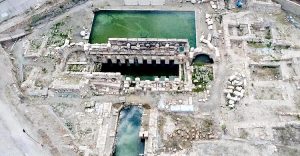
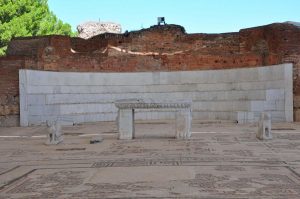
Leave a Reply